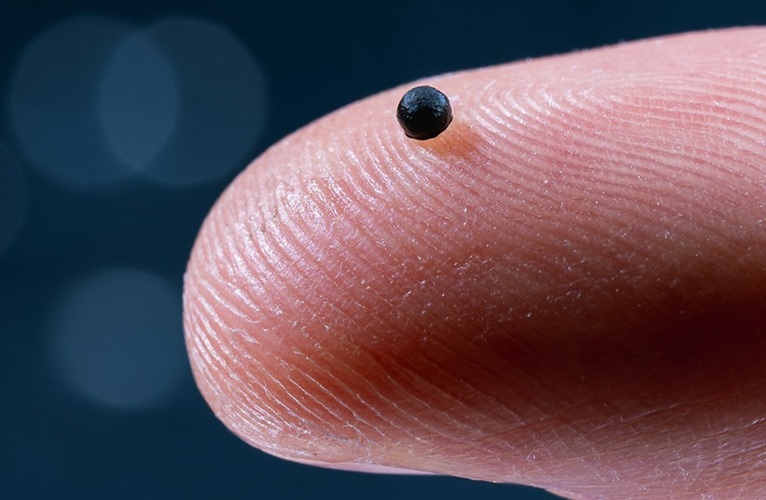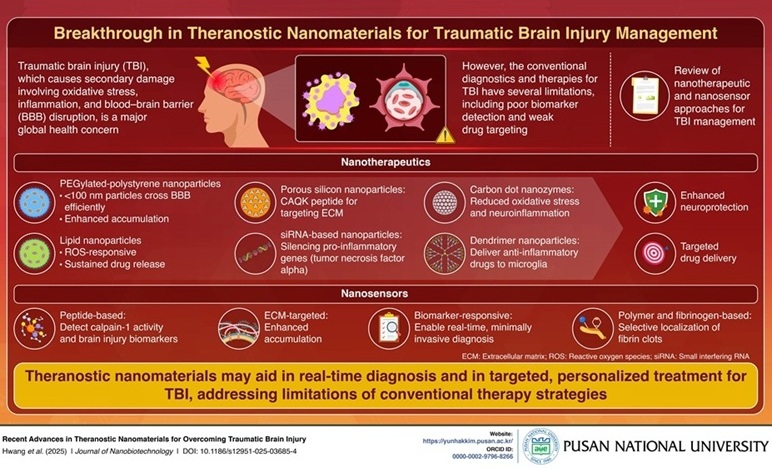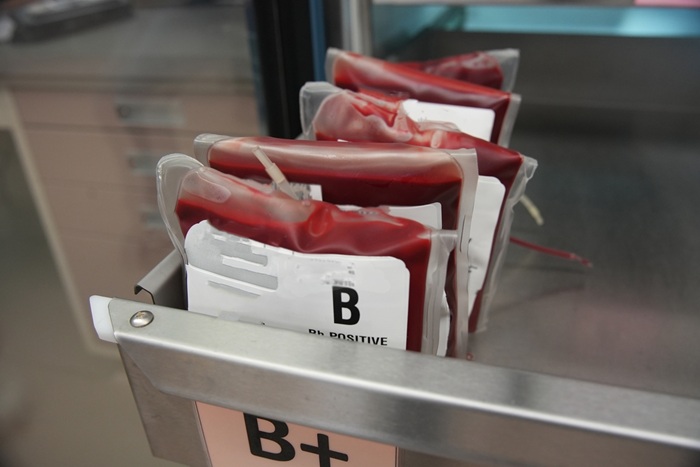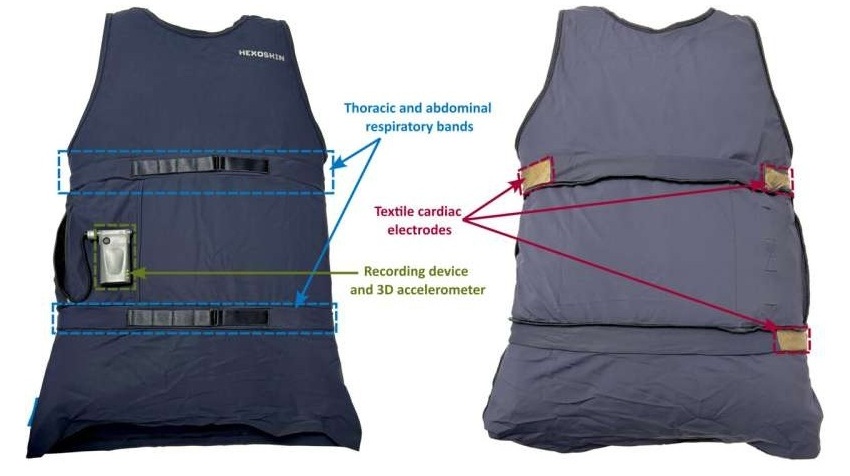Longer Anesthesia Duration Tied to Surgical Complications
|
By HospiMedica International staff writers Posted on 16 Oct 2017 |

Image: A new study suggests anesthesia time should be kept to the minimum to avoid surgical complications (Photo courtesy of Alamy).
A new study suggests that extended anesthesia is associated with significantly increased rates of surgical complications, especially due to postoperative transfusion requirements.
Researchers at Rutgers New Jersey Medical School (NJMS; Newark, USA) conducted a study involving 630 patients who underwent head and neck microvascular reconstruction between 2005 and 2014 to examine the association of anesthesia duration with surgical complications. The patients were stratified into five quintiles based on mean anesthesia duration; group 1 - 358.1 minutes; group 2 - 563.2 minutes; group 3 - 648.9 minutes; group 4 - 736.5 minutes; and group 5 - 922.1 minutes. The main outcomes included rates of postoperative medical and surgical complications and mortality.
The results showed that increasing anesthesia duration was associated with higher 30-day complication rates, 30-day postoperative surgical complications, increased rates of postoperative transfusion, and more wound disruptions. Anesthesia duration was not associated with specific medical complications, overall medical complication rate, or mortality. When accounting for demographics and significant preoperative factors, including free flap type, increased anesthesia duration remained significantly associated with overall complications, surgical complications, and postoperative transfusion. The study was published on October 5, 2017, in JAMA Facial Plastic Surgery.
“These results highlight the need for an awareness of the perioperative and nonsurgical factors that may extend anesthesia time and tactics that promote intraoperative efficiency. One such strategy involves selection of a donor site amenable to concurrent harvesting and implementation of a 2-team approach,” concluded lead author Jacob Brady, MD, and colleagues. “The number of microvascular anastomoses and defect closure that will be required should also be considered in donor site selection. Ultimately, meticulous preoperative planning and preparation should allow surgeons to reduce operating room time, regardless of other nonsurgical factors out of their control.”
General anesthesia is a state produced when a patient receives intravenous and inhaled agents to allow adequate surgical access to the operative site. It is intended to promote amnesia, analgesia, muscle paralysis, and sedation in a controlled, reversible, state of unconsciousness that enables a patient to tolerate surgical procedures that would otherwise inflict unbearable pain, potentiate extreme physiologic exacerbations, and result in unpleasant memories.
Related Links:
Rutgers New Jersey Medical School
Researchers at Rutgers New Jersey Medical School (NJMS; Newark, USA) conducted a study involving 630 patients who underwent head and neck microvascular reconstruction between 2005 and 2014 to examine the association of anesthesia duration with surgical complications. The patients were stratified into five quintiles based on mean anesthesia duration; group 1 - 358.1 minutes; group 2 - 563.2 minutes; group 3 - 648.9 minutes; group 4 - 736.5 minutes; and group 5 - 922.1 minutes. The main outcomes included rates of postoperative medical and surgical complications and mortality.
The results showed that increasing anesthesia duration was associated with higher 30-day complication rates, 30-day postoperative surgical complications, increased rates of postoperative transfusion, and more wound disruptions. Anesthesia duration was not associated with specific medical complications, overall medical complication rate, or mortality. When accounting for demographics and significant preoperative factors, including free flap type, increased anesthesia duration remained significantly associated with overall complications, surgical complications, and postoperative transfusion. The study was published on October 5, 2017, in JAMA Facial Plastic Surgery.
“These results highlight the need for an awareness of the perioperative and nonsurgical factors that may extend anesthesia time and tactics that promote intraoperative efficiency. One such strategy involves selection of a donor site amenable to concurrent harvesting and implementation of a 2-team approach,” concluded lead author Jacob Brady, MD, and colleagues. “The number of microvascular anastomoses and defect closure that will be required should also be considered in donor site selection. Ultimately, meticulous preoperative planning and preparation should allow surgeons to reduce operating room time, regardless of other nonsurgical factors out of their control.”
General anesthesia is a state produced when a patient receives intravenous and inhaled agents to allow adequate surgical access to the operative site. It is intended to promote amnesia, analgesia, muscle paralysis, and sedation in a controlled, reversible, state of unconsciousness that enables a patient to tolerate surgical procedures that would otherwise inflict unbearable pain, potentiate extreme physiologic exacerbations, and result in unpleasant memories.
Related Links:
Rutgers New Jersey Medical School
Latest Critical Care News
- Magnetically Guided Microrobots to Enable Targeted Drug Delivery

- Smart Nanomaterials Detect and Treat Traumatic Brain Injuries Simultaneously
- Earlier Blood Transfusion Could Reduce Heart Failure and Arrhythmia in Heart Disease Patients
- 'Smart' Shirt Detects Epileptic Seizures in Real Time
- Skin Patch Measures Effectiveness of Flu/COVID Vaccines in 10 Minutes
- Complete Revascularization Reduces Risk of Death from Cardiovascular Causes
- Tiny Fish-Inspired Robots Navigate Through Body to Deliver Targeted Drug Therapy
- Coronary Artery Stenosis Could Protect Patients from Pulmonary Embolism Effects
- Sweat-Powered Sticker Turns Drinking Cup into Health Sensor
- Skin-Mounted 3D Microfluidic Device Analyzes Sweat for Real-Time Health Assessment
- New Therapeutic Brain Implants to Eliminate Need for Surgery
- Stem Cell Patch Gently Heals Damaged Hearts Without Open-Heart Surgery
- Biomaterial Vaccines to Make Implanted Orthopedic Devices Safer
- Deep Learning Model Predicts Sepsis Patients Likely to Benefit from Steroid Treatment
- Programmable Drug-Delivery Patch Promotes Healing and Regrowth After Heart Attack
- Breakthrough Ultrasound Technology Measures Blood Viscosity in Real Time
Channels
Critical Care
view channel
Magnetically Guided Microrobots to Enable Targeted Drug Delivery
Stroke affects 12 million people globally each year, often causing death or lasting disability. Current treatment relies on systemic administration of clot-dissolving drugs, which circulate throughout... Read more
Smart Nanomaterials Detect and Treat Traumatic Brain Injuries Simultaneously
Traumatic brain injury (TBI) continues to leave millions with long-term disabilities every year. After a sudden impact from a fall, collision, or accident, the brain undergoes inflammation, oxidative stress,... Read more
Earlier Blood Transfusion Could Reduce Heart Failure and Arrhythmia in Heart Disease Patients
Blood loss during or after surgery can place significant stress on people with heart disease, increasing the risk of dangerous complications. Transfusions are often delayed until hemoglobin levels fall... Read morePatient Care
view channel
Revolutionary Automatic IV-Line Flushing Device to Enhance Infusion Care
More than 80% of in-hospital patients receive intravenous (IV) therapy. Every dose of IV medicine delivered in a small volume (<250 mL) infusion bag should be followed by subsequent flushing to ensure... Read more
VR Training Tool Combats Contamination of Portable Medical Equipment
Healthcare-associated infections (HAIs) impact one in every 31 patients, cause nearly 100,000 deaths each year, and cost USD 28.4 billion in direct medical expenses. Notably, up to 75% of these infections... Read more
Portable Biosensor Platform to Reduce Hospital-Acquired Infections
Approximately 4 million patients in the European Union acquire healthcare-associated infections (HAIs) or nosocomial infections each year, with around 37,000 deaths directly resulting from these infections,... Read moreFirst-Of-Its-Kind Portable Germicidal Light Technology Disinfects High-Touch Clinical Surfaces in Seconds
Reducing healthcare-acquired infections (HAIs) remains a pressing issue within global healthcare systems. In the United States alone, 1.7 million patients contract HAIs annually, leading to approximately... Read moreHealth IT
view channel
EMR-Based Tool Predicts Graft Failure After Kidney Transplant
Kidney transplantation offers patients with end-stage kidney disease longer survival and better quality of life than dialysis, yet graft failure remains a major challenge. Although a successful transplant... Read more
Printable Molecule-Selective Nanoparticles Enable Mass Production of Wearable Biosensors
The future of medicine is likely to focus on the personalization of healthcare—understanding exactly what an individual requires and delivering the appropriate combination of nutrients, metabolites, and... Read moreBusiness
view channel
Philips and Masimo Partner to Advance Patient Monitoring Measurement Technologies
Royal Philips (Amsterdam, Netherlands) and Masimo (Irvine, California, USA) have renewed their multi-year strategic collaboration, combining Philips’ expertise in patient monitoring with Masimo’s noninvasive... Read more
B. Braun Acquires Digital Microsurgery Company True Digital Surgery
The high-end microsurgery market in neurosurgery, spine, and ENT is undergoing a significant transformation. Traditional analog microscopes are giving way to digital exoscopes, which provide improved visualization,... Read more
CMEF 2025 to Promote Holistic and High-Quality Development of Medical and Health Industry
The 92nd China International Medical Equipment Fair (CMEF 2025) Autumn Exhibition is scheduled to be held from September 26 to 29 at the China Import and Export Fair Complex (Canton Fair Complex) in Guangzhou.... Read more














